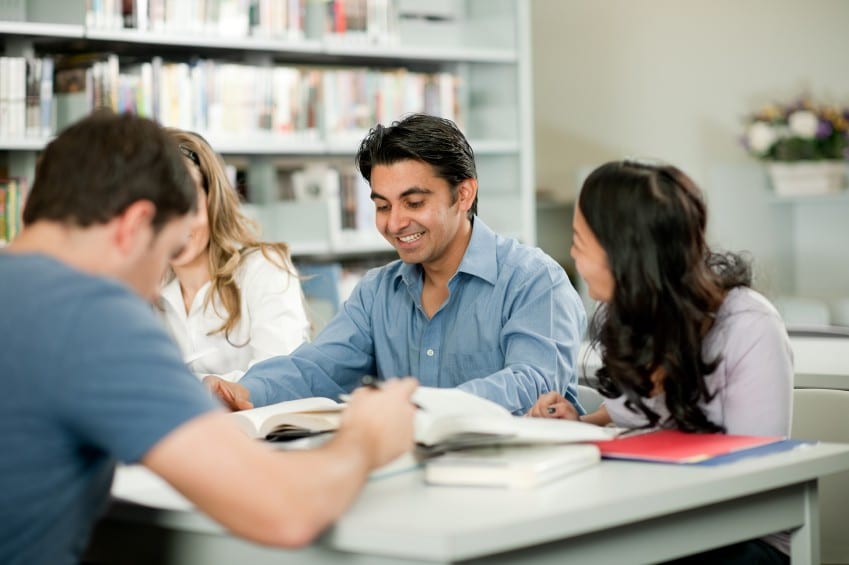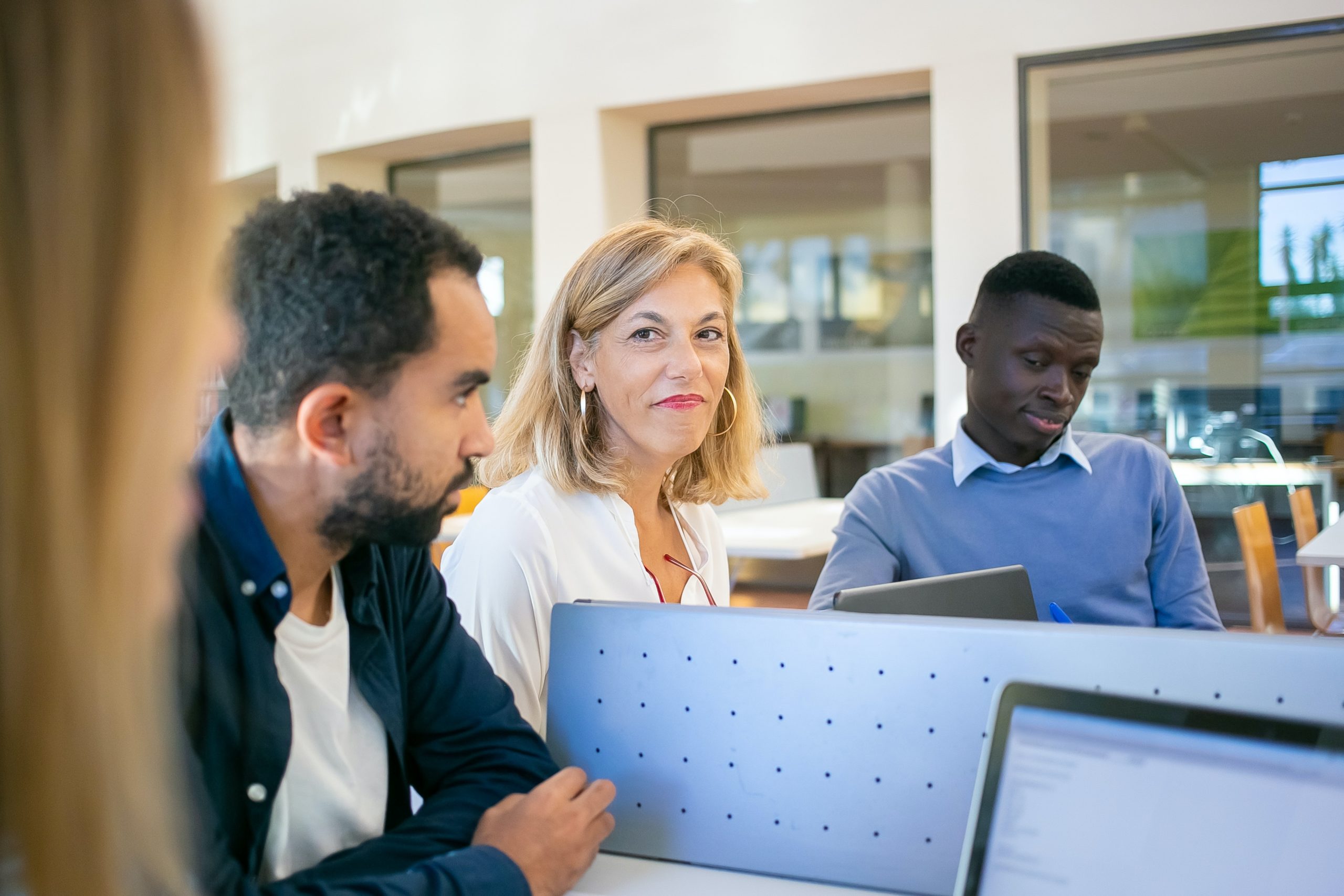What is independent learning?
Independent learning is:
Reflective: students think about what they have learned and what it means
Connected: students make connections between what they are learning, what they know already, and what they experience in the world outside the classroom
Self-directed: students do not wait for the teacher to tell them what to learn- they are read to create learning experiences on their own
What does an independent learner do?
Independent learners
- take responsibility for their own learning
- set learning goals (and work to achieve them)
- have a realistic sense of their strengths and weaknesses
What stops students from being independent learners?
Lack of
…confidence
Students may have had negative learning experiences that have created an image of themselves as poor or incapable learners
… learning strategies
Students may be stuck with a limited set of learning strategies that do not work for them in a variety of situations.
… connection between student interests and school content
Students also may not be motivated to learn about topics that have no personal connection or resonance for them.
How can we encourage students to become independent learners?
Move away from lectures and into projects and task-based learning
Moreover, If you are standing at the front of the room doing all the talking, you are telling your students that you are the person responsible for the learning that happens in the classroom. Don’t be afraid to share responsibility.
If you want your students to become independent learners, you also have to give them opportunities to take risks and learn without you. Give your students projects and tasks that require them to find information for themselves and demonstrate what they have learned in a way that is meaningful.
Involve students in planning the curriculum
Do you have some flexibility in your teaching situation? Are you able to choose materials and resources for use in the classroom as long as you meet your learning objectives? If so, involve your students in helping to shape the curriculum by giving them the opportunity to choose topics, themes, or resources for use in the course.
Get to know your students
Find out what your students are interested in. Also, incorporate their interests into your courses by choosing resources and activities that match their interests. This will help increase motivation and interest in learning.
Incorporate reflective opportunities into activities
After each activity, also provide a brief opportunity for reflection. Ask students if it was easy or difficult, and why. In addition, ask them to think about how much effort (on a scale of 1-10) they put into the task, and why. Encourage them to think about their experience as learners.
Teach strategies
Teach students strategies for learning if they don’t have them. Moreover, these are the tools that they will need to be able to learn independently.
Find additional resources on your TESOL / TESL account
Related reading:
Extensive Reading for ESL Students – Part I





